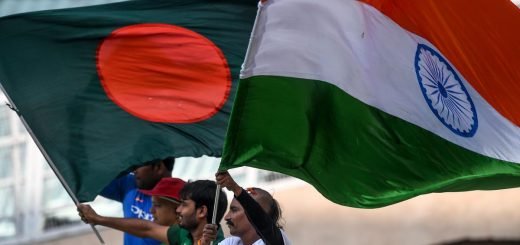Role of marine police during coastal disasters: A crucial link in the maritime security community
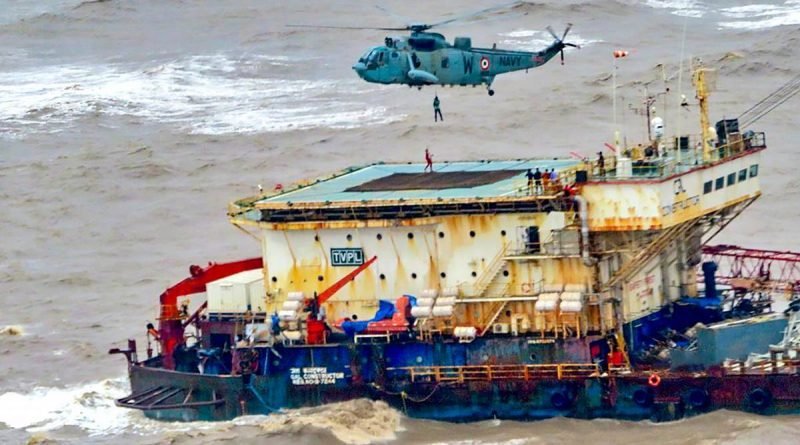
Introduction
India has a long coastline of about 7516.6 kms. It is the 18th longest in the world and gives her the unique distinction of a coastal nation sitting right in the middle of the Indian Ocean. India’s maritime character is a function of not only the coastline but also the diverse communities that live on the coasts, the rich and unique biodiversity inhabiting the unique coastal ecosystems of wetlands, estuaries, lagoons, mangroves and the man-made mercantile marine infrastructure that facilitate the trade of both goods and energy products. This unique and complementary geography is also a cause of grave concern: it is a veritable gateway of threats. The vast seas invite many water and climate-related disasters to cause havoc on the coast. The most common are tropical cyclones, floods, tornadoes and hurricanes, hailstorm, cloud burst, sea erosion, thunder and lightning, and tsunami to name a few. The ill-effects of these disasters have a direct bearing on 66 coastal districts across 9 coastal states along with 2 Union Territories of Andaman and Nicobar and Lakshwadeep with 3 coastal districts. These districts comprise 14.2% of India’s total population comprising about 171 million.
At the time of writing this article, the western coast of India is under the garb of Very Severe Cyclonic Storm Tauktae. According to the India Meteorological Department (IMD), this cyclone is gusting at high speeds varying between 180 to 210 kmph and is likely to cause damage to coastal habitations and infrastructure therein. This article doesn’t aim to look into the technical and scientific aspects of the origin of cyclones or the increase in the intensity of cyclones over the Arabian Sea. Without a doubt, both these questions merit urgent thought and academic study, all intending to better inform our policies makers regarding disaster risk preparedness and mitigation.
However, this article aims to throw light onto one of the most important stakeholders of the maritime security community, the marine police force and their role and responsibility during a coastal disaster. If not indispensable, they form a crucial, link in the maritime security architecture while performing a wide range of tasks and duties.
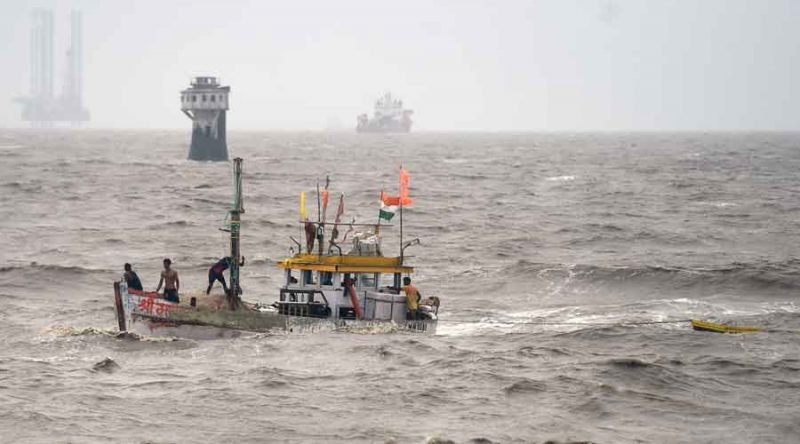
The Marine Police
There are multiple maritime law enforcement agencies in India. Broadly, these include the marine police functioning under each state government, the Indian Coast Guard and the Indian Navy under the Minister of Defence. If these agencies are placed in an imaginary pyramid, marine police will be at the base, occupying the primary and understandably the most basic position in a network of interconnected stakeholders. For the coastal community and its associated industries, marine police are the first line of defence and their first point of contact in the event of any crime or an untoward incident.
What are the basic differences between marine police from its ubiquitous territorial version? The answer to this is twofold. First, the marine police across all the coastal states were institutionalised, more as a recent phenomenon. It was created under the First Phase of Coastal Security Scheme (CSS Phase I) approved by the Cabinet Committee on Security in the year 2005. This plan was to be implemented for a period of five years starting 2005. Thereafter, all the coastal states raised their marine police, with differing number of personnel and a varied range of infrastructure and armature. Some coastal states such as Maharashtra and Pondicherry already had marine police force even before CCS Phase I was initiated. Maharashtra increased their number of marine police stations after the scheme was announced. Apart from the coastal police, states such as Gujarat and Goa have raised marine commandos as elite forces looking after strategic locations in the state’s coastlines.
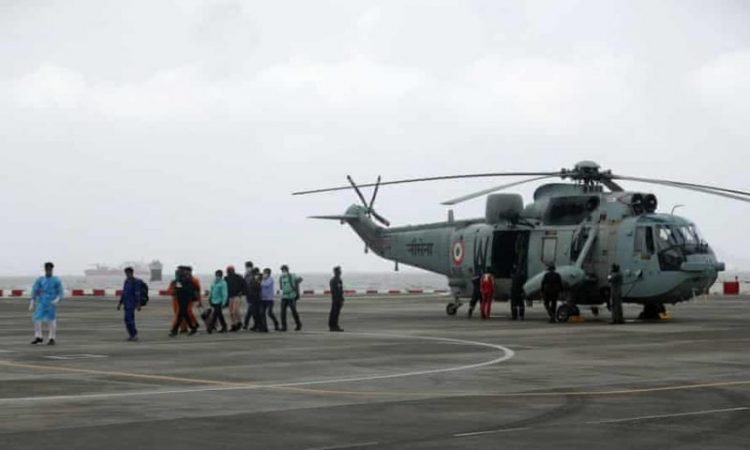
The following table gives some figures.
| No. | Coastal State | Length of coastline (approx.) | No of Coastal Police Stations (CPS) |
| 1 | Gujarat | 1214.70 kms | 22 |
| 2 | Andhra Pradesh | 973.70 kms | 20 |
| 3 | Tamil Nadu | 906.90 kms | 42 |
| 4 | Maharashtra | 652.60 kms | 44 |
| 5 | Kerala | 569.70 kms | 18 |
| 6 | Odisha | 476.70 kms | 18 |
| 7 | Karnataka | 280. 00 kms | 9 |
| 8 | West Bengal | 157.50 kms | 62 |
| 9 | Goa | 101.00 kms | 7 |
| No | Union Territories | Length of coastlines | No of Coastal Police Stations (CPS |
| 1 | Andaman and Nicobar Islands | 1962.00 kms | No clear data on CPS available online, Police Marine Force looks after coastal security |
| 2. | Lakshwadeep | 132.00 kms | 7 |
| 3. | Puducherry | 47.60 kms | 4 (planned under CCS Phase II) |
| 4. | Daman and Diu | 42.50 kms | 3 |
Phase two of the Coastal Security Scheme (CCS Phase II) was in implementation from 2011 till 2016 and was further granted an extension up to 2020. Under this, the coastal states were sanctioned another 131 coastal police stations (CPS) among other advanced infrastructure. However, progress has been tardy. For instance, the 4 extra CPS to be added to Karnataka’s coastlines and 13 more CPS in Gujarat amongst the total 131 new CPS planned, are yet to take shape.
Secondly, the difference draws into the nature of duties to be performed. As the name suggests coastal policemen have to safeguard the coastline and undertake coastal patrolling upto 12 NM. They are tasked with verifying the identity of fishermen venturing in territorial waters and keep an eye on foreign intruders. In and around creeks, estuaries and shallow waters, the coastal police have the duty to undertake Search and Rescue operations. They are also mandated to undertake rescue and rehabilitation operations in case of natural calamities and disasters.
What makes their role so crucial during disasters?
Natural coastal disasters like the ongoing cyclone Tauktae are no alien to India. The world’s deadliest cyclone that has ever occurred has been in India in erstwhile Calcutta in the year 1737. It killed around 300,000 people. The Kolkata cyclone of 1864, the Andhra Pradesh Cyclone of 1977, and the Orissa Super Cyclone of 1999 have been painfully destructive in more recent history. Last year in 2020, super cyclonic storm Amphan wreaked havoc and left a trail of destruction on the coast of the Bay of Bengal, while the pandemic was unfolding itself.
As a part of their continued presence, coastal policemen become an intrinsic part of the coastal community. More often than not, the policemen speak the local language and are well familiar with the local terrain. During the event of any predictable disaster such as cyclones, coastal police play the first responder role due to their proximity to the incident site. In turn, as there is mutual recognition of them as first responders, coastal villagers also respond positively to them. This motivates people to undertake that particular disaster-related standard operating procedure easily. During the post-disaster phase, it is often seen that coastal policemen motivate people to stay inside their shelter homes and at the same time perform relief distribution duties, search and rescue, coordinate with medical teams and at the same time keep a lookout for cognizable offences. In this regard, the marine police are specifically aided by the marine/coastal security home guards and members of coastal village vigilance committees called Sagar Rakshak Dals.
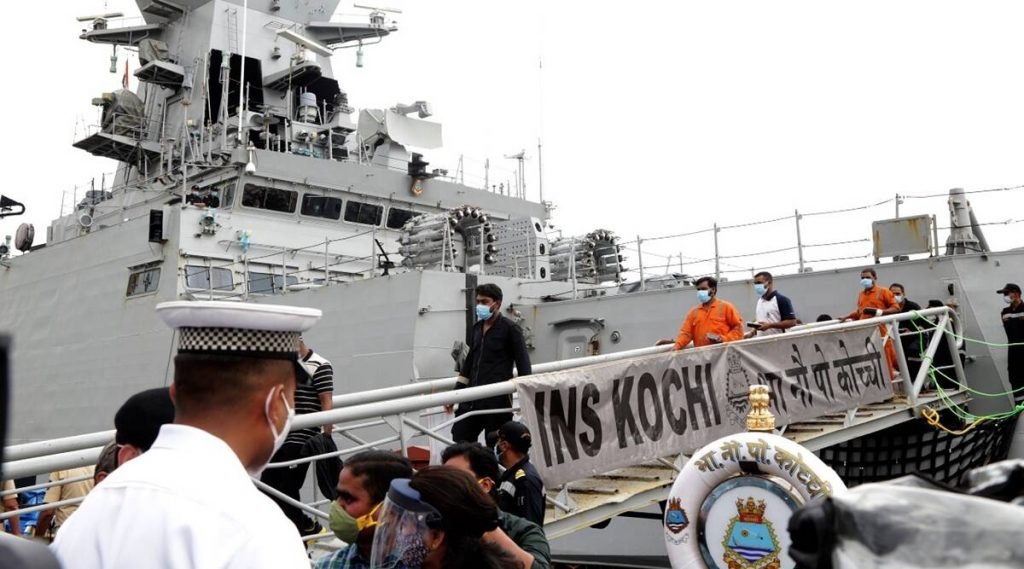
Way forward
It goes without doubt that the coastal police of the states suffer from many shortcomings, the foremost being lack of regular training and inadequate equipping. Without going into the pitfalls, it can be suggested that these limitations can be shielded and overcome with increased coordination, training exercises, frequent exchanges with other stakeholders. More frequent interactions, specialised training, and joint patrols with Indian Navy’s Sagar Prahari Bal can be considered.
Notwithstanding the difference in their mandate and jurisdiction from other maritime security agencies such as the Coast Guard, The Indian Navy, and even the National Disaster Response Force and State Disaster Response Force, what distinguishes the marine police is its continued presence and being approximately located within the coastal populace. This should inform the policymakers as their best bet, in disasters or otherwise.




